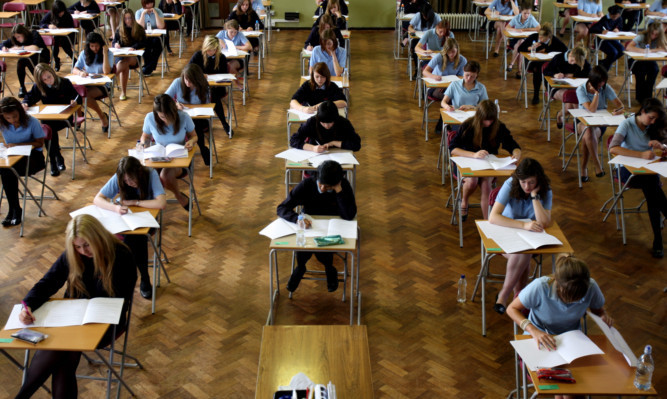A world-renowned educationalist who champions the benefits of single-sex education is to hold a seminar in Perthshire.
Fittingly, the American psychologist, family doctor and writer Dr Leonard Sax will be speaking at the all-girls Kilgraston School at Bridge of Earn.
He passionately believes that boys and girls should be taught separately and will review the key findings of his research over the last 30 years in his presentation.
“Adolescent culture is going the wrong way and parents have to assert their authority to keep their daughters from following the herd,” he will say at Kilgraston.
“The best possible thing you can do to help your daughter is to get her into a girls’ school.”
His starting point is that there are natural differences in how males and females learn because areas of their brains develop at different times.
“Girls’ fine motor and language skills develop four years ahead of boys, while boys’ spatial skills develop sooner than girls,” he says. “That’s why girls, generally, can write more legibly at an earlier age and why boys often understand maths concepts sooner.”
He argues that single-sex schools break down gender stereotypes, saying: “Girls at single-sex schools are more likely to study computer science, physics, engineering and technology and participate incompetitive sports than are girls in co-educational schools.”
“At the co-educational school, the focus is on how you look but at the single-sex school, the focus is more on who you are. And a very good case can be made that single-sex education is actually better preparation for the real world. Because, in the real world, being cute won’t get you very far. It won’t get you the kind of job you want. And the focus on who you are is going to be much more advantageous in the long run.”
Independent research by the Oxford Review of Education seems to bear this out, he says. It has found that, later in life, women who have been to single-sex schools went on to earn higher salaries than women who had been to co-educational schools.
Several of Dr Sax’s findings may be surprising to some. He argues that girls learn better when the classroom temperature is warmer, at 23C, while boys perform better in cooler classrooms, at around 20C.
Dr Sax acknowledges that merely placing boys in separate classrooms from girls accomplishes little. But he believes single-sex education enhances student success when teachers use techniques geared toward the gender of their students.
Dr Sax will speak to parents at Kilgraston on May 10 at 3pm and 6pm. The seminar is also open to anyone interested in finding out more about single-sex education. To obtain an invitation contact the school office by emailing.
